Toronto
March 31, 2022
SMART Remediation talks have focused on innovative technologies for remediating contaminated sites, approaches for site characterization, project case studies, regulatory and industry perspectives, and other related topics.

A recent SMART Remediation conference was held in Toronto on March 31st 2022. Details on the speakers and presentations are provided below.
Speakers
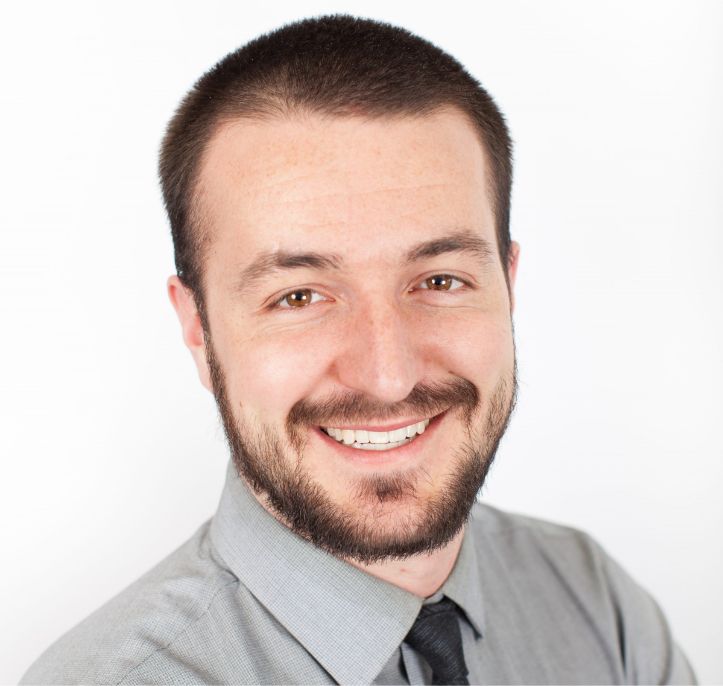
Iain Walton,
Pinchin Ltd. & Vertex Environmental Inc.
Vapour Intrusion: An Environmental Contractor’s Perspective
- Bio |
- Abstract
- | Presentation
Iain Walton
Iain Walton is a Project Manager at Vertex Environmental with over 8 years of experience in the environmental industry. Iain has designed and implemented more than 100 remediation/mitigation projects over the past eight years for groundwater and vapour treatment across Canada. Iain holds a Bachelor’s degree in environmental science from the University of Guelph.
Vapour Intrusion: An Environmental Contractor’s Perspective
The COVID-19 pandemic has brought greater public awareness to unseen particles, compounds, or viruses that may be present in the air we breathe inside buildings that we live and work in. Within the environmental industry, awareness of vapour intrusion risks goes back to the 1980s when the initial focus was on radon gas. In recent years, the focus has expanded to vapour intrusion risks presented by the redevelopment of sites with historic soil/groundwater impacts where the volatile phase of these contaminants can migrate upwards into new developments. Vapour intrusion issues are best addressed by a knowledgeable and cohesive team that includes client, environmental consultant, general contractor and environmental contractor. As an environmental contractor, Vertex has installed many vapour mitigation systems for new developments and existing building retrofits as part of many different project teams. This talk will review several case studies from the environmental contractor’s perspective and highlight some key ways to successfully and cost-effectively address vapour intrusion issues as a cohesive team.
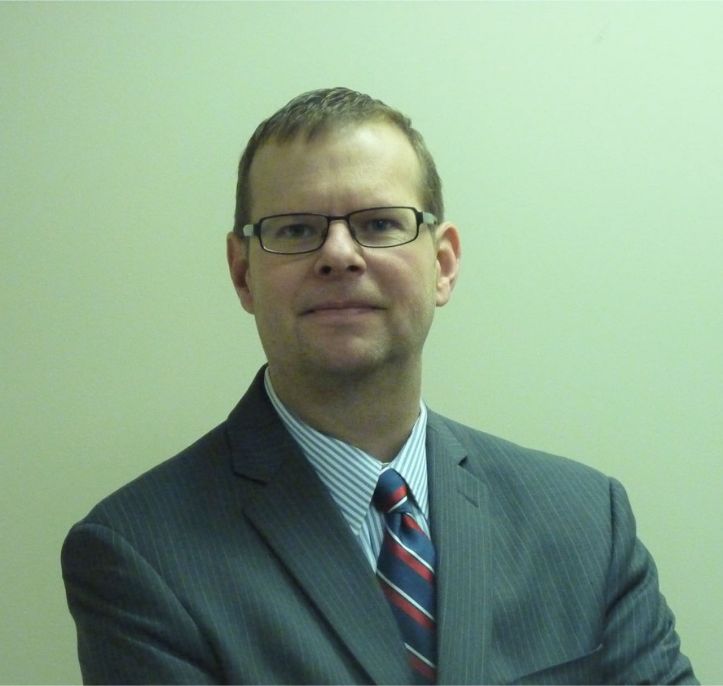
Gerry Parrott,
BlueFrog Environmental Consulting Inc.
When Contaminate Hydrogeology Intersects with Geotechnical Engineering
- Bio |
- Abstract
- | Presentation
Gerry Parrott
Gerry has over 25 years of experience in the environmental consulting industry. He is a licensed Professional Geoscientist (Ontario and Manitoba), and a recognized Qualified Person (QP) under Ontario Regulation 153/04 of the Environmental Protection Act. Gerry is the Founder and President of BlueFrog Environmental Consulting. Prior to starting BlueFrog, Gerry was responsible for managing and operating Hemmera’s (now Ausenco) Ontario region office and prior to that, Parsons Ontario region office, providing oversight for technical projects and serving as senior report reviewer for projects in Ontario and throughout Canada. Gerry also functioned as the single point of contact for several large clients, including several well-regarded law firms, commercial/industrial clients, and one of the largest electricity distributors in Canada. Gerry’s principal expertise is evaluating the findings from site investigations and providing well-reasoned, practical guidance and advice to senior staff and clients. He provides guidance for standard to complex remedial plans, Ministry Orders, supports litigation and dispute resolution cases, has been qualified as an environmental contaminant expert in matters before the Ontario Superior Court of Justice, participates in the development and execution of practical risk management plans, and provides timely and critical advice during and after spills. In addition, Gerry has extensive experience undertaking work in support of filing Records of Site Condition (RSCs) in Ontario.
When Contaminate Hydrogeology Intersects with Geotechnical Engineering
The presentation will cover basic site geology and hydrogeology and the initial distribution of contaminants at the site. The focus will be on the initial remedial injection process and the challenges that occurred due to structural and geotechnical issues that were not readily apparent during the planning stages and the steps that were taken to overcome these issues. At this time the presentation will cover how we were able to keep progressing towards the remediation goals with making modifications to the in-situ program. The analytical results from the performance groundwater monitoring and sampling will also be presented pending the amount of time allowed for the presentation.
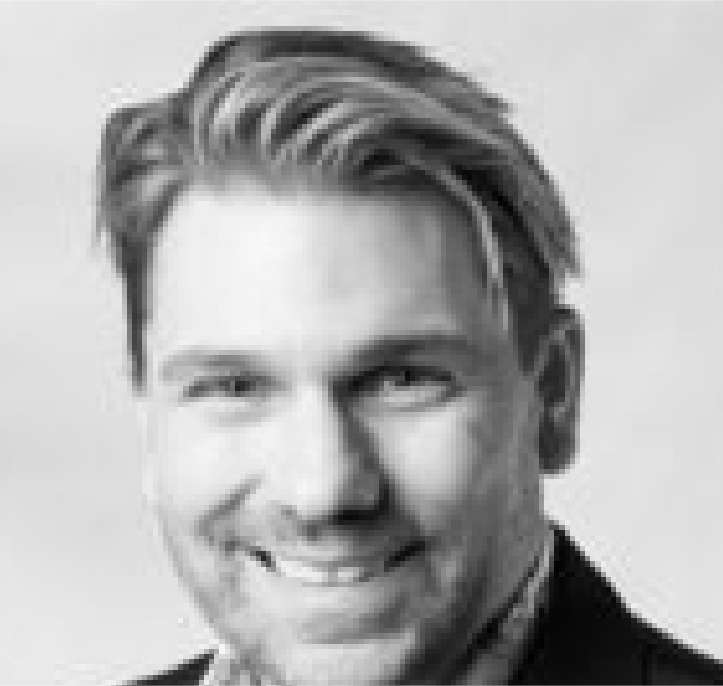
Jean Paré,
Chemco inc.
Evolution of In Situ Chemical Oxidation
- Bio |
- Abstract
- | Presentation
Jean Paré
Jean Pare, P.Eng., has a degree in Chemical Engineering from Laval University. He has been involved for the last 22 years in the evaluation, development, design, and promotion of both conventional and innovative environmental technologies. As Vice President with Chemco Inc., his responsibilities include the remediation design, technico-economical analysis and technology supply for chemical oxidation and reduction, soil washing, and enhanced bio-remediation. Last year, he worked with over 400 sites applying his expertise to various types of organic and inorganic contaminants in soil and groundwater. He is also involved with many environmental organizations such as CLRA, CBN, ESAA, BCEIA and Reseau-Environnement where he is an active technical committee member and regular technical speaker.
Evolution of In Situ Chemical Oxidation
Background. In situ chemical oxidation (ISCO) has been used to treat organic contaminants of concern (COCs) at thousands of sites around the world. This technology originated in the 1980’s with the application of unstabilized hydrogen peroxide. Over time ISCO has evolved to include chemistries based on ozone, sodium and potassium permanganate and sodium and potassium persulfate. Each ISCO technology supplies a thermodynamically powerful electron acceptor which results in the oxidation of many organic contaminants. Approach. The evolution has been driving by both the identification of new effective chemistries, adjustments based on lessons learned and site-specific requirements. Current best practices consider key site characteristics and objectives and how those interact with the selection of the proper ISCO chemistry and application method and have matured beyond only chemical efficacy but also evaluate proper dose, rate of release of the oxidant, application method and monitoring programs. Key points of evolution include: • Development of multiple oxidative technologies typically based on hydrogen peroxide, permanganate, ozone and persulfate. • Identification of reductive pathway with activated persulfate and hydrogen peroxide chemistries that were attributed to the superoxide radical allowing ISCO technologies to be used to treat even completely oxidized compounds such as carbon tetrachloride. • The use of low solubility oxidants for extended release allowing for treatment over a longer period of time (extended release). • Updates in injection strategies including injecting into a larger percentage of an effective pore volume. • The use of solid slurry emplacement to inject the extended release oxidants. • The use of soil mixing to overcome issues with site heterogeneity issues including site geology and contaminant distribution.
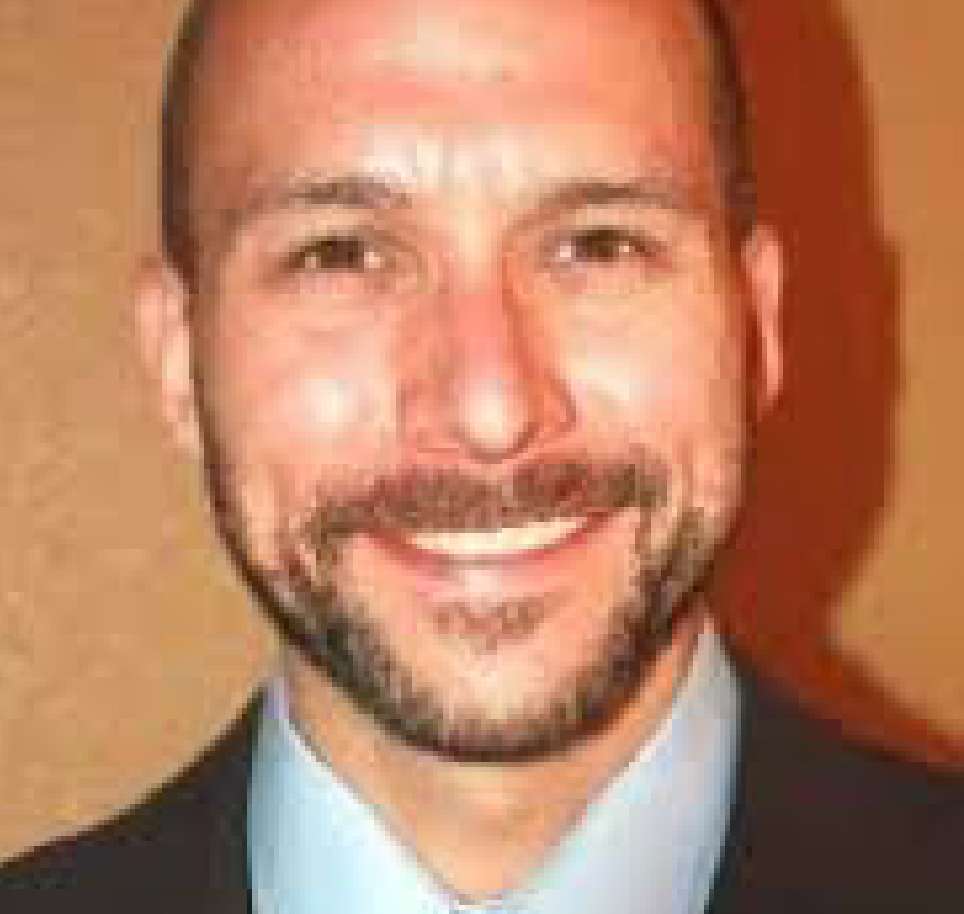
Mike Mazzarese,
AST Environmental, Inc.
DNAPL Remediation Projects: Case Studies Using the CAT 100 Technology
- Bio |
- Abstract
- | Presentation
Mike Mazzarese
Mike Mazzarese is a Senior Remediation Engineer at AST Environmental and has been involved with in-situ remediation for 17 years. His responsibilities include project management, research and development, remedial assessment and design, field implementation oversight, and post project data analysis. Mike is a graduate of Penn State University holding a Master of Science degree in Environmental Engineering. He has previously worked for Vironex, Regenesis, and URS and is currently based in the Denver, CO area.
DNAPL Remediation Projects: Case Studies Using the CAT 100 Technology
Sites with Dense Non-Aqueous Phase Liquid (DNAPL) are notoriously difficult to remediate. Advances with in-situ remediation methods and products in recent years has resulted in DNAPL remediation success. This presentation will provide a review of a new product, CAT 100 and its applications on chlorinated solvent sites with suspected or measured DNAPL. CAT 100, a biologically enhanced version of the Trap and Treat® BOS 100® technology, combines activated carbon impregnated with metallic iron, a complex carbohydrate (time release substrate), a consortia designed to degrade chlorinated solvents and a second consortia designed to breakdown the polymeric carbohydrate to monomeric fragments. These smaller substrate fragments are then efficiently used by the CVOC degraders. The science behind CAT 100 and project summaries with supporting lines of evidence for the degradation processes (e.g. dissolved gases and microbiological diagnostics) will be covered. Site 1. A former dry cleaning facility in Northern Europe, where a large PCE plume was impacting groundwater on and off-site. In 2017, CAT 100 and BOS 100® were applied as part of a large-scale remediation program after a large scale Remedial Design Characterization (RDC) was performed. Currently, a 95% average reduction in PCE concentrations has been observed in the monitoring wells located in the areas targeted by the remediation. Site 2. CAT 100 was successfully implemented as part of a combined remedies (BOS 100® and Sodium Permanganate were also applied) strategy to treat elevated levels of Trichloroethylene in a shallow fine grained aquifer at a former large industrial facility. Total chlorinated ethene (TCE, cis-1,2 DCE, and VC) concentrations in the source area have been reduced by over 97% in less than 12 months. Site 3. A former chemical plant that stored hydrogen peroxide, MIBC, PCE, acetone, ethanol, and diesel fuel was remediated using a phased combined remedies approach. The interim corrective action was completed in 2013-14 and included 1) an off-site in-situ permeable reactive barrier utilizing BOS 100® to capture dissolved impacts leaving the facility and 2) shallow soil mixing activated persulfate (lime activation) to mitigate unsaturated soil impacts adjacent to source media. In addition, five phases of CAT 100 injections have been completed at the site since 2016. Total solvent concentrations have been reduced 96-99% in the CAT 100 treatment areas to date.
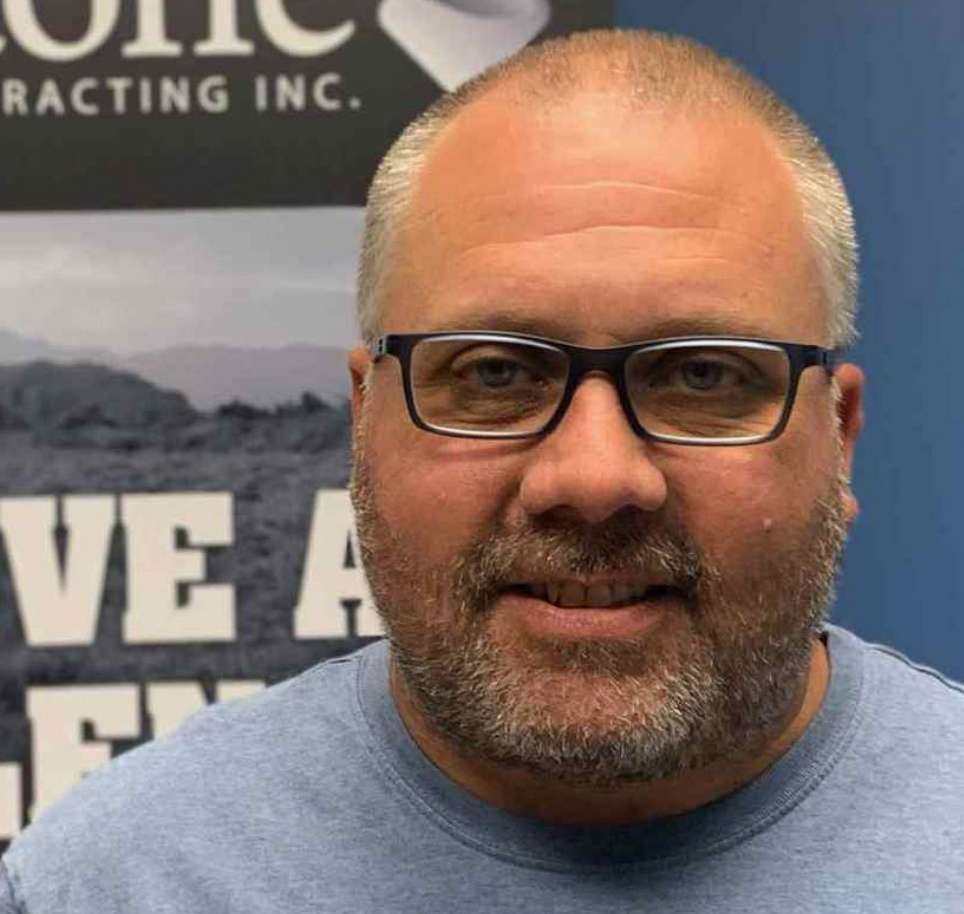
Wayne Harris,
Milestone Environmental Contracting Inc.
Methodologies Utilized for Contaminated Sediment Dredging, Thin Layer Capping, Isolation Capping, and Water Treatment. Randle Reef Sediment Remediation Project Stage 2
- Bio |
- Abstract
- | Presentation
Wayne Harris
Wayne Harris, C.Tech., is an Environmental Technician and Project Manager with 25 years of experience in a variety of environmental and heavy civil disciplines. A Certified Technician with the Ontario Association of Certified Engineering Technicians and Technologists, Wayne has direct experience managing and supervising projects for soil and groundwater remediation, brownfield remediation, marine remediation, site decommissioning, landfill construction and closure, heavy civil construction projects. Wayne`s past experience includes working environments sites such as brownfields, landfills, oil and gas, forestry, pulp and paper, marine, mining, industrial and commercial, power generation and transportation. Wayne obtained a diploma in Terrain and Water Resources from Sir Sandford Fleming College in 1994 which followed with ten years working as a site technician, in a consulting role, for soil surveys, Phase 1 and 2 contaminated sites investigations, soil and water remediation projects, and soil, surface water and groundwater studies. In 2004, Wayne began working in a contracting role for contaminated sites remediation, including heavy civil construction, in varying positions such as site superintendent, general superintendent, project manager and operations manager.
Methodologies Utilized for Contaminated Sediment Dredging, Thin Layer Capping, Isolation Capping, and Water Treatment. Randle Reef Sediment Remediation Project Stage 2
Located in the southwest corner of Hamilton Harbour, in the Port of Hamilton, the Randle Reef site is approximately 60 hectares (120 football fields) in size. The site contains approximately 695,000 cubic metres of sediment contaminated with polycyclic aromatic hydrocarbons (PAH) and other toxic chemicals – the largest PAH-contaminated sediment site on the Canadian Great Lakes. Impacted by historic operations this site has a legacy of a variety of past industrial processes dating back to the 1800s. There were multiple sources of contamination including coal gasification, petroleum refining, steel making, municipal waste, sewage and overland drainage. Environment and Climate Change Canada (ECCC) serves as the project lead and Public Services Procurement Canada (PSPC) provides technical and construction management, and procurement services. Setting: Active port; average total PAH concentration near 5,000 ppm with peaks over 73,000 ppm; Depth of Water: ranges from ~4 m to ~ 12 m; Sediment Depth: ranges from ~0.1 m to >3 m. This project included the design of a remediation plan that included constructing a 6.2 hectare Engineered Containment Facility (ECF) over the highly contaminated sediment (Stage 1) and using a combination of hydraulic and mechanical dredging to remove approximately 445,000 m3 of contaminated sediment and placing within the ECF (Stage 2). The ECF is made of double steel sheet pile walls with the outer walls driven to depths of up to 24 metres into the underlying sediment. The inner wall is sealed creating an impermeable barrier. The dredging of the contaminated sediments also involved the treating and dewatering the ECF to balance the water input into the ECF. This involved the design/build of a water treatment plant that would match the input of the dredging and balance the water level within the ECF. Dredging was followed by Thin Layer Capping of marginally contaminated sediment and Isolation Capping of the Stelco Intake/outfall channel sediments. Following the dredging the ECF will then be covered by a multi-layered environmental cap accompanied with consolidation and dewatering of the sediments (Stage 3). This presentation reviews the unique considerations and challenges faced following the discovery of contamination in a previously unidentified wetland that served as a key source of traditional medicine for the community. The problems within the wetland were further aggravated by high water levels and species at risk which introduced additional constraints to a final remedy. A phased approach was adopted that included source removal of impacts adjacent to the wetland from targeted areas and the completion of a risk evaluation and functional assessment of the wetland for successful management of the remaining impacted areas of the wetland. Further field data collection was necessary to address data gaps and included soil/sediment sampling and analysis of medicinal plants located in the wetland. Stakeholder collaboration (MBQ and Indigenous Services Canada) and the implementation of an environmental monitoring program during construction was critical to the success of the phased approach for the remediation and risk management of the wetland. In addition, in collaboration with MBQ, the planned excavation of impacted soil in heavily forested area was curtailed as risks were evaluated and a mitigation plan was incorporated into the design.
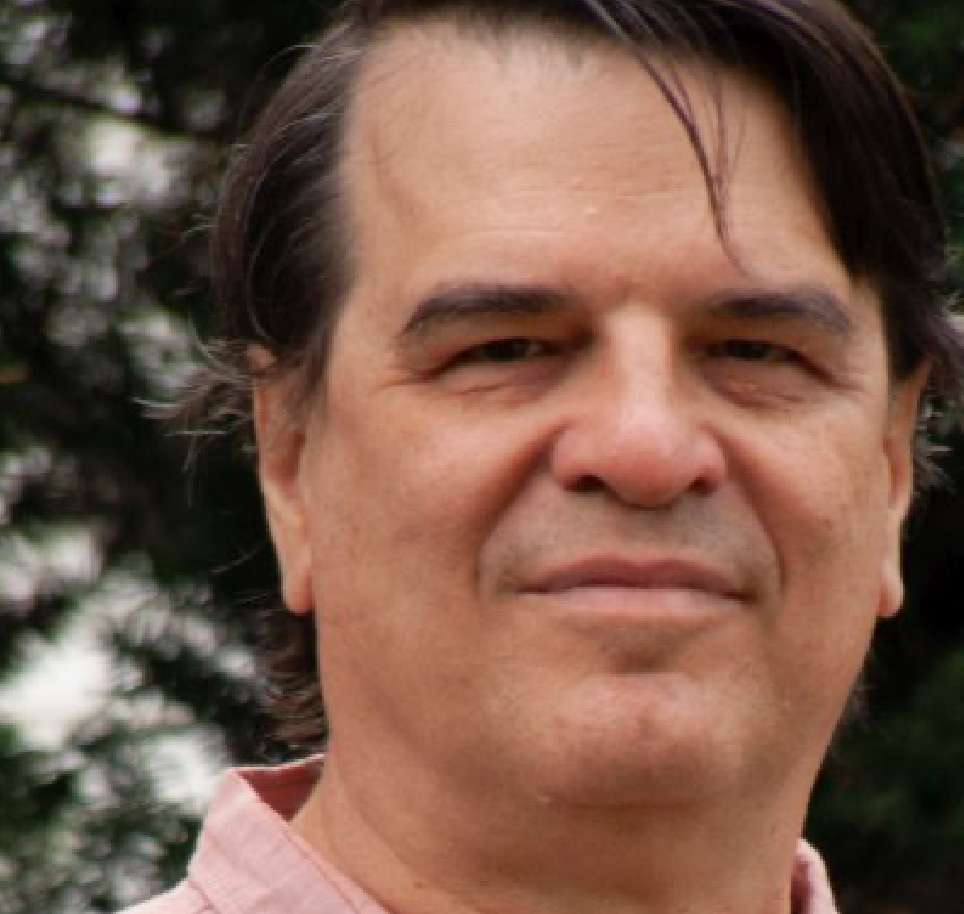
Marc Laliberté,
Veolia Water Technologies
Methodologies Utilized for Contaminated Sediment Dredging, Thin Layer Capping, Isolation Capping, and Water Treatment. Randle Reef Sediment Remediation Project Stage 2
- Bio |
- Abstract
- | Presentation
Marc Laliberté
Marc Laliberté is a water specialist with a background in process engineering and chemistry. He has 40 years of experience in mining, metallurgical and general industrial projects. He is a specialist in the treatment of industrial wastewater, treatment of feed water, water management including using reuse, recycling, storage and similar approaches as appropriate and water quality (chemistry) and quantity problems. His work in the last decade has focused on integrating biological and physico-chemical treatment chains.
Methodologies Utilized for Contaminated Sediment Dredging, Thin Layer Capping, Isolation Capping, and Water Treatment. Randle Reef Sediment Remediation Project Stage 2
Located in the southwest corner of Hamilton Harbour, in the Port of Hamilton, the Randle Reef site is approximately 60 hectares (120 football fields) in size. The site contains approximately 695,000 cubic metres of sediment contaminated with polycyclic aromatic hydrocarbons (PAH) and other toxic chemicals – the largest PAH-contaminated sediment site on the Canadian Great Lakes. Impacted by historic operations this site has a legacy of a variety of past industrial processes dating back to the 1800s. There were multiple sources of contamination including coal gasification, petroleum refining, steel making, municipal waste, sewage and overland drainage. Environment and Climate Change Canada (ECCC) serves as the project lead and Public Services Procurement Canada (PSPC) provides technical and construction management, and procurement services. Setting: Active port; average total PAH concentration near 5,000 ppm with peaks over 73,000 ppm; Depth of Water: ranges from ~4 m to ~ 12 m; Sediment Depth: ranges from ~0.1 m to >3 m. This project included the design of a remediation plan that included constructing a 6.2 hectare Engineered Containment Facility (ECF) over the highly contaminated sediment (Stage 1) and using a combination of hydraulic and mechanical dredging to remove approximately 445,000 m3 of contaminated sediment and placing within the ECF (Stage 2). The ECF is made of double steel sheet pile walls with the outer walls driven to depths of up to 24 metres into the underlying sediment. The inner wall is sealed creating an impermeable barrier. The dredging of the contaminated sediments also involved the treating and dewatering the ECF to balance the water input into the ECF. This involved the design/build of a water treatment plant that would match the input of the dredging and balance the water level within the ECF. Dredging was followed by Thin Layer Capping of marginally contaminated sediment and Isolation Capping of the Stelco Intake/outfall channel sediments. Following the dredging the ECF will then be covered by a multi-layered environmental cap accompanied with consolidation and dewatering of the sediments (Stage 3).
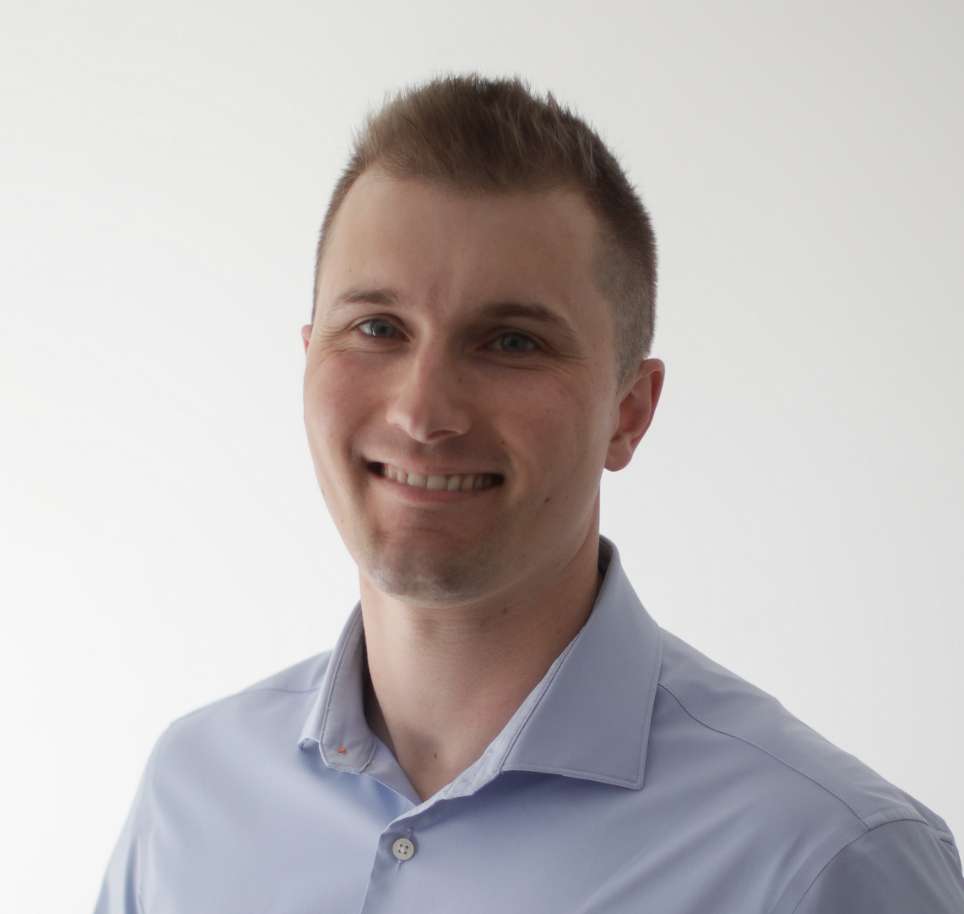
Ben Sweet,
QM Environmental
Lessons learned from one of the largest “Traditional” ZVI PRBs installed in North America
- Bio |
- Abstract
- | Presentation
Ben Sweet
Mr. Sweet is an Environmental Professional with over ten years’ experience in the environmental industry. Over this period, he has occupied numerous roles ranging from Environmental Scientist to Technical Lead, supporting specialized environmental contracting and consulting entities with a focus on water treatment, remediation, and site characterization. Mr. Sweet has delivered complex remediation and site characterization projects across the US and Canada for various Consulting Engineer’s and Industrial/Commercial stakeholders. He has personally led the delivery of characterization, remediation, and water treatment programs involving a diversity of site scales and challenges including emerging contaminants, complex hydrogeological conditions, NAPLs, and sensitive regulatory and/or legal constraints. Mr. Sweet is currently the Director of Environmental Technologies for QM Environmental. In this role, he provides technical support and business unit leadership to further expand QM’s environmental technology offerings and comprehensive environmental service line.
Lessons learned from one of the largest “Traditional” ZVI PRBs installed in North America
Permeable Reactive Barrier’s (PRB’s) using transitional metals such as Zero Valent Iron (ZVI) to target organic and inorganic contaminants in-situ have been in use since the mid-1990s. This approach for groundwater treatment has seen tremendous growth since its inception due to its reliability and cost-effectiveness. Reactive Barrier technologies have also expanded to include novel installation and deployment techniques as well as novel amendments to improve performance and target a wider range of contaminants. Even with all this growth, ZVI and the “traditional” approach remains a staple of the PRB marketplace. With an increasing demand for cost-effective groundwater management solutions, a growing number of professionals and stakeholders are turning to PRB-based solutions to meet their site goals. Fueled by the many success stories and abundance of available information, many consultants and their clients are tackling program design and installation from the comfort of their chairs. But are we looking at the installation of PRB’s through rose coloured glasses? What does it actually take to translate conceptual design into a successful solution in the field? The purpose of this talk is to share some of the lessons learned from the installation of one of the largest “traditional” ZVI PRBs completed in North America. The site is a former industrial facility with legacy chlorinated solvent issues (mainly TCE and daughter products). The management of off-site migration was a critical part of the CPU to facilitate site redevelopment. A critical RMM included the installation of a 400 m, ZVI based permeable reactive barrier system to control plume migration. The site conditions necessitated the creative use of multiple installation procedures; the wall was installed via a blended approach utilizing direct push injection and trenching techniques, to address the complex plume structure. In total, over 400,000 kgs of ZVI was installed across 335 m of linear injection points and 65 m of trenching to complete the PRB installation to depths of up to 9 meters. Our focus in sharing this case study will be down-to-earth and practical. How does a contractor actually install a PRB? What techniques are being used in the field and why? How can you creatively problem solve to address technical and logistical challenges? And most importantly, how do we balance these challenges while completing a project on time, on budget, and with the ultimate goal of an effective PRB installation.
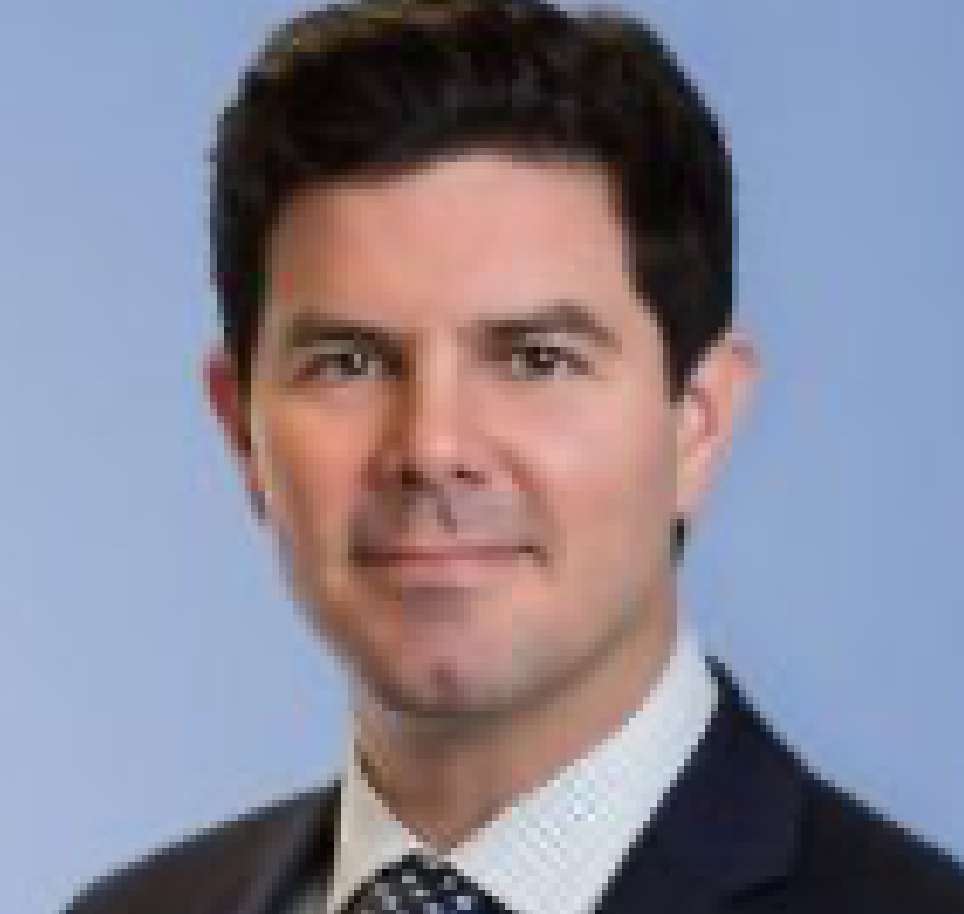
Matthew Gardner,
Willms & Shier Environmental
Getting Down and Dirty about Excess Soil Laws in Ontario and Beyond
- Bio |
- Abstract
- | Presentation
Matthew Gardner
Matthew Gardner B.Sc. (Hons.), LL.B., is a Senior Associate at Willms & Shier Environmental Lawyers LLP. Matt practices environmental law and environmental litigation. He provides advice and solutions about environmental due diligence and compliance to a wide range of clients including industrial corporations, the construction and land development sectors and municipalities. Matthew also provides advice and solutions about contaminated land issues, environmental risk management, environmental transactional due diligence and regulatory compliance. Matthew regularly appears before the Courts and administrative tribunals. He represents plaintiffs and defendants involved in environmental civil disputes and negotiates settlements before and in the early stages of civil litigation, where possible. He also assists clients under inspection or investigation by federal, provincial and municipal environmental regulators, and defends clients against environmental regulatory prosecutions. Matthew is called to the Bar in Ontario and Alberta.
Getting Down and Dirty about Excess Soil Laws in Ontario and Beyond
In the midst of a booming construction industry comes new legal requirements to manage excess soil. As of January 1, 2022, Ontario’s excess soil laws were in full legal force and effect. Quebec regulates contaminated excess soil and has recently published new regulations about electronic tracking of same. British Columbia is considering changes to its soil relocation laws. As these new and emerging excess soil regimes come into legal force, projects that generate excess soil will impose obligations on construction and waste management industries, consultants, contractors, municipalities, land owners, and developers. These various parties now face or will soon face new legal risks and requirements. Join Willms & Shier lawyers as they review: what is excess soil, who can be liable under new excess soil laws, and tips for managing the legal risks.

Madiha Vallani,
Willms & Shier Environmental Lawyers LLP
Getting Down and Dirty about Excess Soil Laws in Ontario and Beyond
- Bio |
- Abstract
- | Presentation
Madiha Vallani
Madiha Vallani, J.D., LL.M., B.E.S, (Hons.), is an associate lawyer at Willms & Shier Environmental Lawyers LLP. Madiha supports a wide variety of clients with environmental compliance matters, and assists them to understand their environmental regulatory requirements and responsibilities. Madiha has experience with environmental aspects of business transactions including the purchase and sale of contaminated land. Madiha advocates for clients in environmental civil proceedings, administrative proceedings, and regulatory prosecutions. Madiha assists clients to appeal Ministry Orders and Approvals to the Environmental Review Tribunal, and litigates contaminated land disputes before Ontario’s Courts. Madiha advises clients intervening before the Ontario Energy Board on natural gas and electricity matters. Madiha advises First Nation, Métis, and Inuit communities, resource proponents, governments, and environmental boards on natural resource and environmental law matters. Madiha is called to the Bar in Ontario.
Getting Down and Dirty about Excess Soil Laws in Ontario and Beyond
In the midst of a booming construction industry comes new legal requirements to manage excess soil. As of January 1, 2022, Ontario’s excess soil laws were in full legal force and effect. Quebec regulates contaminated excess soil and has recently published new regulations about electronic tracking of same. British Columbia is considering changes to its soil relocation laws. As these new and emerging excess soil regimes come into legal force, projects that generate excess soil will impose obligations on construction and waste management industries, consultants, contractors, municipalities, land owners, and developers. These various parties now face or will soon face new legal risks and requirements. Join Willms & Shier lawyers as they review: what is excess soil, who can be liable under new excess soil laws, and tips for managing the legal risks.
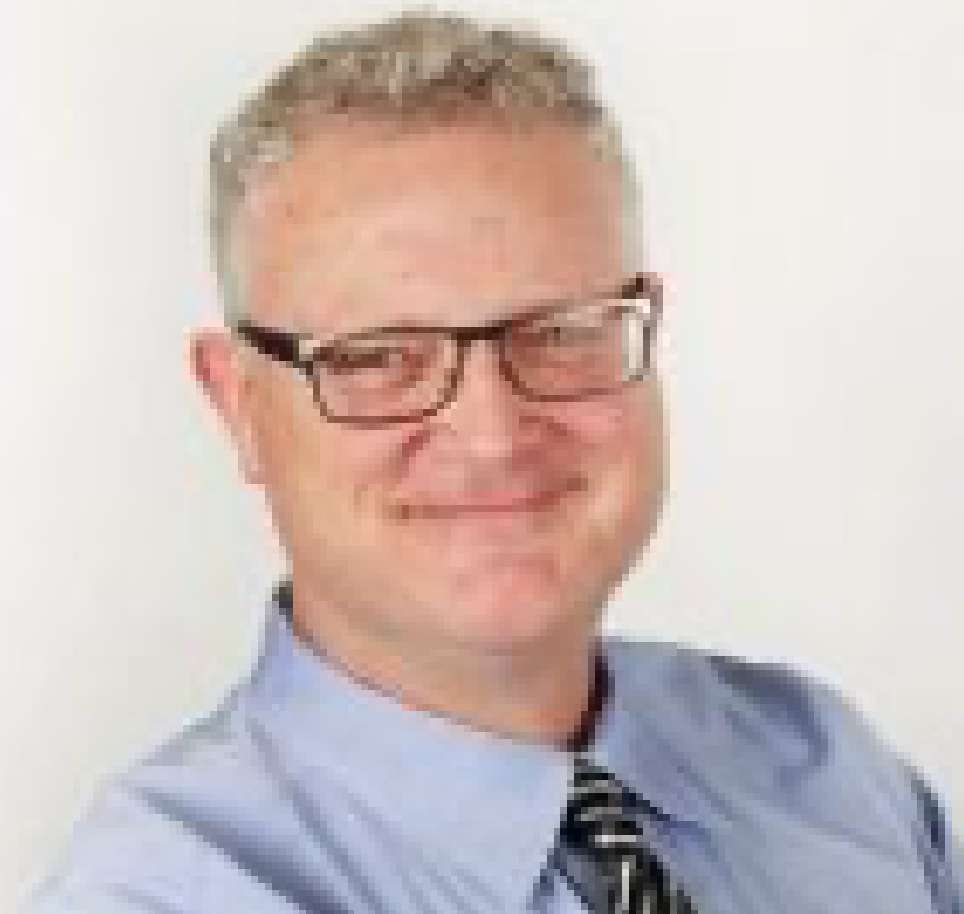
Kevin French,
Vertex Environmental
Evolution of the Contaminated Site Remediation Industry in Canada
- Bio |
- Abstract
- | Presentation
Kevin French
Mr. French is Vice President of Vertex and has over 30 years of experience and expertise in environmental engineering, specializing in site assessment and remediation. Kevin has been involved in the design and implementation of remediation programs across Canada involving PRBs, carbon adsorption, in-situ chemical oxidation and reduction, aerobic and anaerobic biodegradation, etc. in soil, groundwater and bedrock for a variety of contaminants, including petroleum hydrocarbons, chlorinated solvents and other compounds. He holds a Bachelor’s degree in Engineering from the University of Waterloo, is a Professional Engineer and a Qualified Person in Ontario, and frequently presents on environmental site assessment and remediation at conferences and seminars across Canada.
Evolution of the Contaminated Site Remediation Industry in Canada
The environmental industry has experienced steady evolution since the “good old days” of “dig and dump” as advances in science, technology, regulation and broader societal trends, like sustainability, have taken place. Since the early days when remediation was only driven by heavy metal contamination in soil and only addressed via excavation, environmental remediation technology has evolved dramatically. Remedial designs now consider hundreds of contaminants in soil, groundwater and soil vapour and at concentrations as low as parts per trillion. Additionally, our greater understanding of the subsurface now requires us to consider complex processes such as vapour intrusion and diffusion-controlled contaminant migration to increase the effectiveness and certainty of in-situ remediation approaches. The author’s experience from over 30 years of environmental consulting and remediation contracting will provide insights into the dramatic evolution that has occurred over this period by discussing advances in the understanding and characterization of site conditions; better-engineered remedial amendments; advances in application technologies; and the use of detailed interim data collection to assist in optimizing remedial programs and outcomes. Upon review of the past, it is hoped environmental practitioners and stakeholders will gain a more thorough understanding of the current state of remediation in Canada, what is possible, what is not, and potentially what the future of our essential sector may hold.
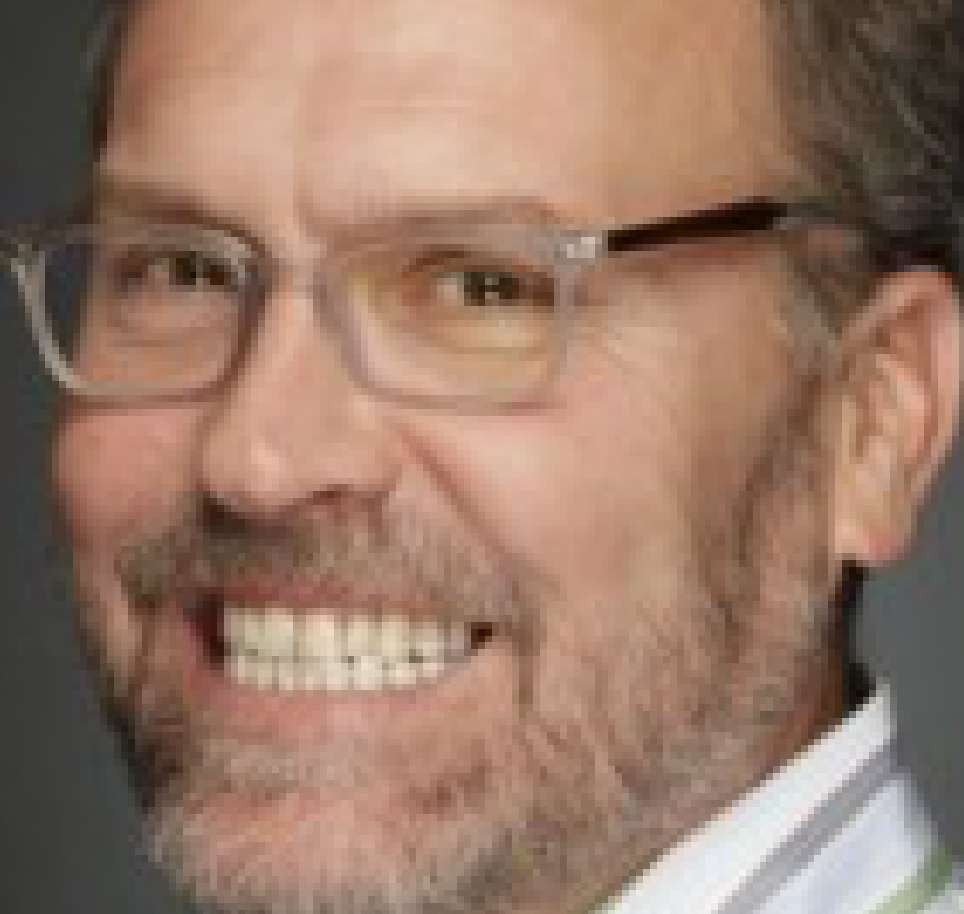
George (Bud) Ivey,
Ivey International Inc.
Combining Advanced In-Situ Remedial Technologies to Mitigate Free Phase Hydrocarbons Trapped Below Structure
George (Bud) Ivey
George (Bud) Ivey is the President and Senior Remediation Specialist with Ivey International Inc. of Vancouver, Canada. He has over twenty-nine years of environmental remediation experience and has worked on more than 2000 environmental projects internationally. His multi-disciplinary education background includes: Organic Chemistry, Geological Engineering, and a Master’s Certification in Project Management. Among some of his more noticeable accomplishments include: • He holds several International Patents; • Is recipient of many International Environmental Awards (Globe, Frost & Sullivan, MISTIC, Environmental Business Journal, and Roy F. Weston Awards); • Has developed several innovative remediation product and process technologies for air, soil, water, and groundwater remediation; and • Is currently working on several high-profile remediation projects globally. When he’s not busy solving complicated contaminated site remediation problems, he very much enjoys long distance running, multi-day hiking, great red wine and dining in the company of good friends!
Combining Advanced In-Situ Remedial Technologies to Mitigate Free Phase Hydrocarbons Trapped Below Structure
Eric Raes (E&LP, Clinton, NJ), Kerry Sublette, Ph.D. (Bio-Enhance, High Bridge, NJ), Duane Guilfoil, Derek Pizarro (AST Environmental, Midway, KY), George Ivey (Ivey International, Surrey, British Columbia, Canada)” Background/Objectives: Free phase petroleum hydrocarbons are extremely difficult to mitigate especially when released immediately adjacent to structures because the product migrates and accumulates as sorbed, globule, and free phases throughout the more permeable fill material surrounding the structure and utility conduits. A treatment train of three proven technologies was employed to remediate the readily available free phase product and promote subsequent biodegradation: (1) surfactants to enhance hydrocarbon desorption and dissolution allowing for push-pull mass recovery, (2) sorption of residual contaminants to a microbial-inoculated activated carbon-based amendment for stabilization and enhanced biodegradation, and (3) sustained bio-augmentation via in situ bio-reactors to expedite the enhanced bio-degradation component of the remedial strategy. Approach/Activities: Prior to this three-pronged treatment approach, a fifteen-point remediation well network had been installed as part of the previous remediation plan that was suspended due to the presence of free phase product. Subsequently, a series of enhanced fluid recovery events over a two-year period. When these events failed to eliminate the free phase product at the site, the treatment train approach was implemented as the revised remedial strategy. In order to remove the free phase petroleum and significantly reduce contaminant mass to be treated by the subsequent remediation technologies, a series of push pull surfactant injections and extractions were implemented in the spring of 2020. More specifically, approximately 265 gallons of 2% or 4% Ivey-sol®/water mixture were injected and subsequently vacuum extracted after 48 hours of aquifer contact. Once the available free product was removed, 3,300-lbs of BOS 200® and 2,000-lbs of gypsum were injected into the subsurface between the existing remediation wells. BOS 200® is a Trap & Treat® in situ remediation technology containing carbon-based media and a non-indigenous, proprietary bio-inoculum. Following BOS 200® injection, Bio-Enhance In-Situ Bio-Reactors (ISBRs) were installed in three (3) of the remediation wells. Through the extensive well network, the shifts in chemical, geo-chemical, and microbial populations were quantified throughout the remedial phases. Results/Lessons Learned: The Ivey-sol® surfactant flush events achieved the remedial objective to remove the readily available free product and facilitate the enhanced bio-degradation elements of the remedial strategy. The concentrations and migration of the petroleum degrading bacteria following the BOS 200® injection were quantified over a one-year period. These shifts in the petroleum degrading microbial community were compared to the abundance and migration of the indigenous microbial community based on the presence of three ISBRs on the north side of the treatment cell. The synergetic efficiency of these combined remedial technologies will be presented.